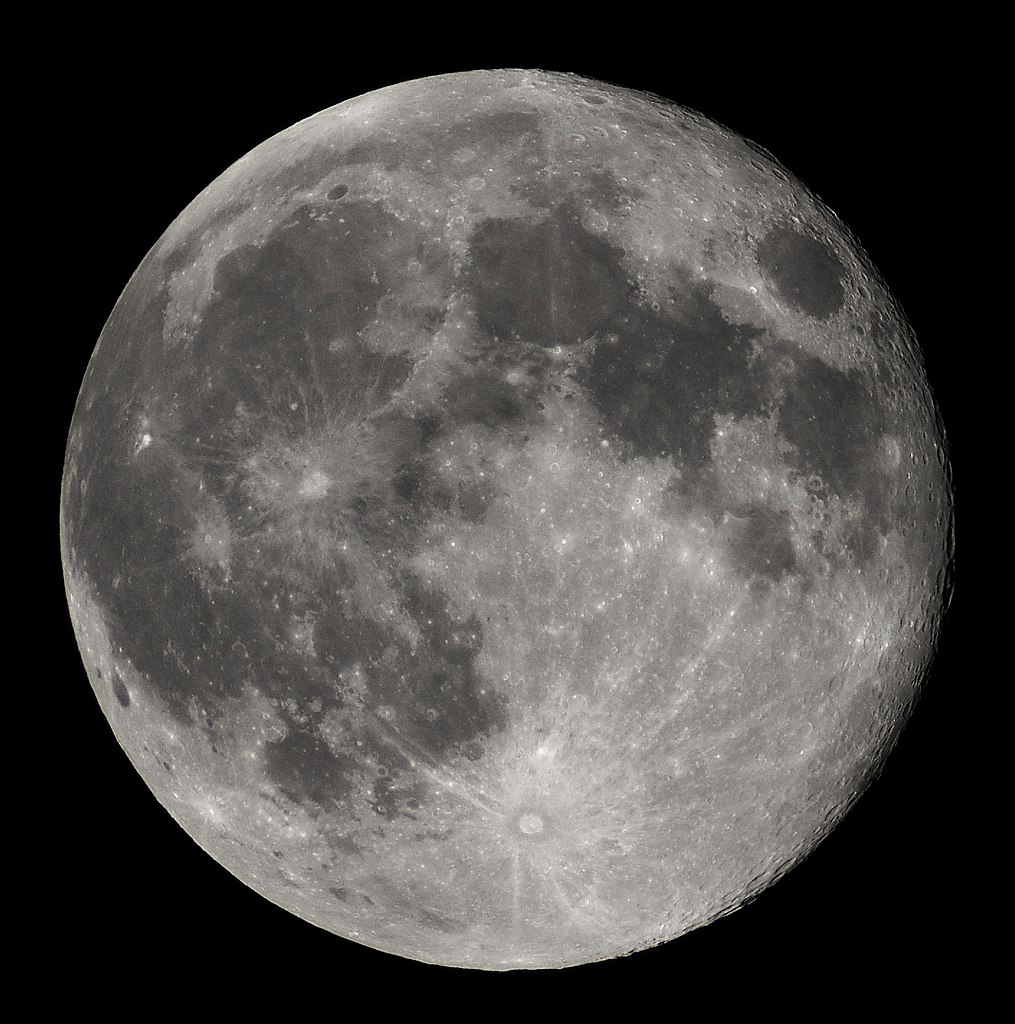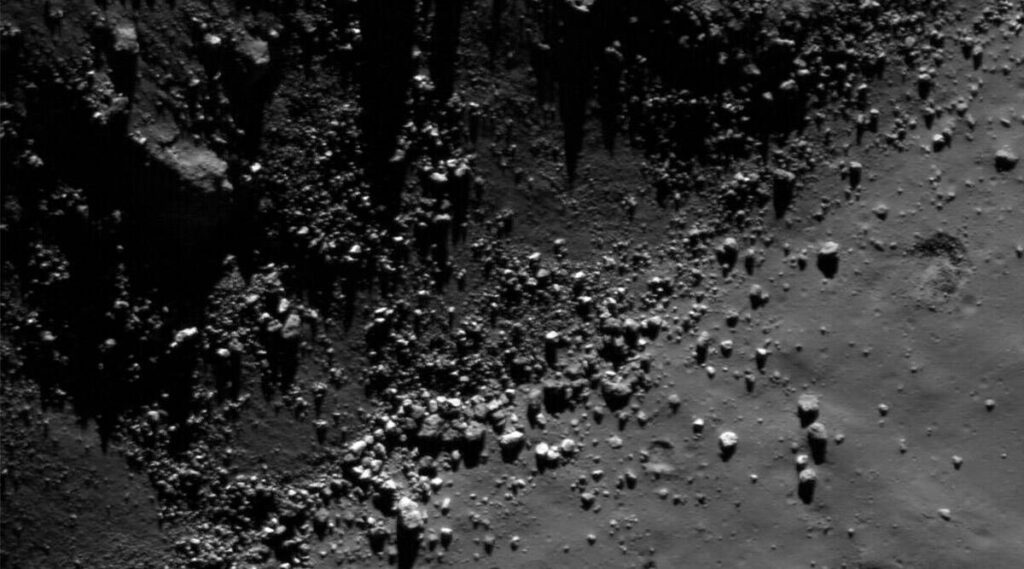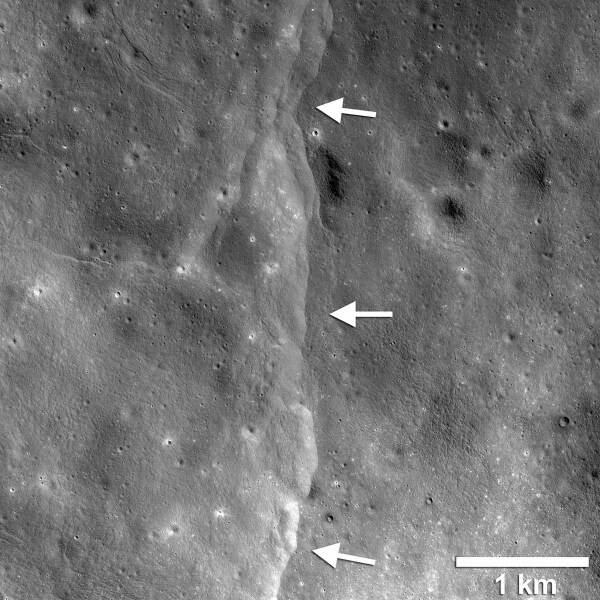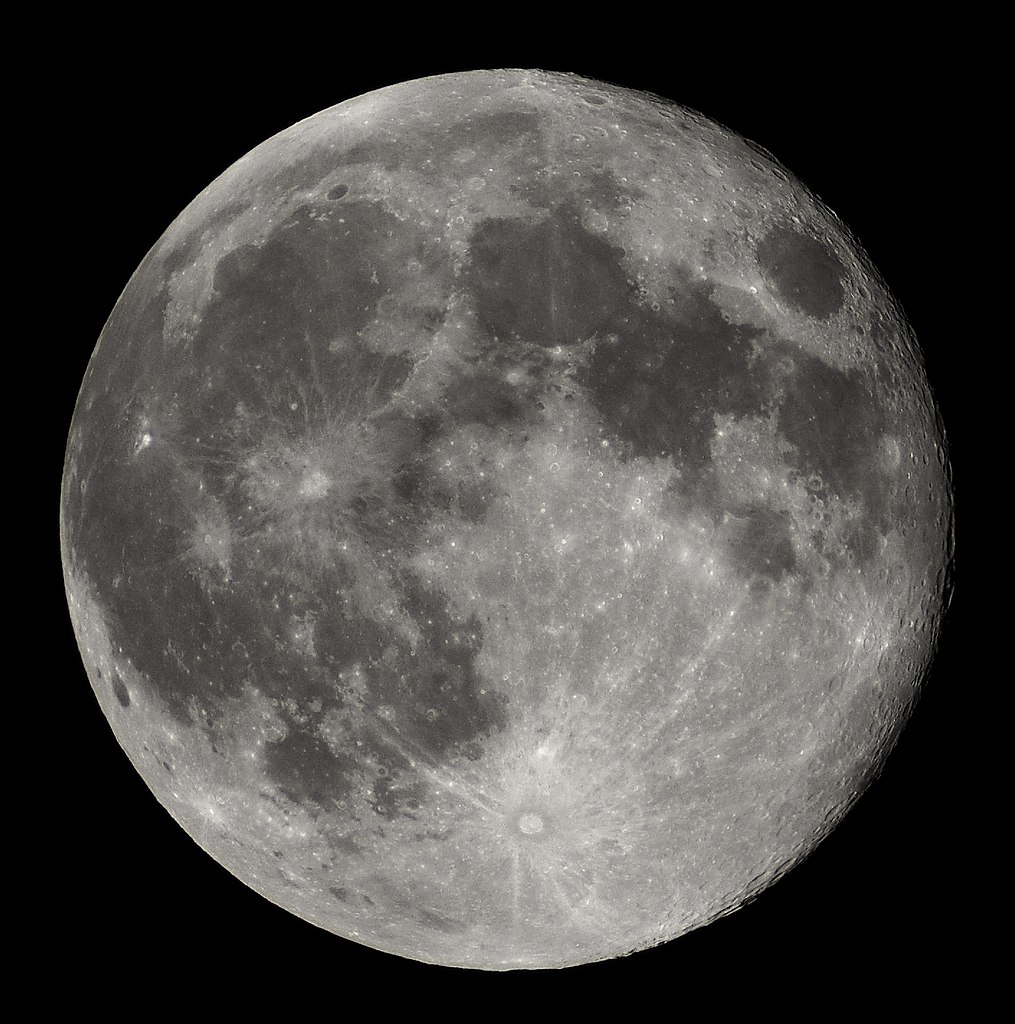From the Moon having an “atmosphere” to the fact that it is shrinking, here are five important facts that you need to know about the natural satellite that dominates our night sky.

After two unsuccessful attempts at launching its Artemis 1 mission to the Moon, NASA engineers are now conducting maintenance works on the Space Launch System rocket while it is still at Launch Pad 39B at the Kennedy Space Center. While the American space agency works on it its mission that will chart the path to put humans back on the Moon after 50 years, here are 5 interesting facts that you may not have known about Earth’s lone natural satellite.
The Moon has an ‘atmosphere’:
While conventional wisdom would tell you that the Moon has no atmosphere and therefore there are no gases on its surface, that is not entirely true. NASA deployed the Lunar Atmospheric Composition Experiment (LACE) instrument on the Moon during the Apollo 17 mission. LACE helped scientists discover that there is a small number of atoms and molecules on the planet, including helium, argon, neon, ammonia, methane and carbon dioxide.
Interesting Facts About Moon:
However, this is a very thin layer of gases that can’t quite be called an atmosphere, instead, the more accurate term would be “exosphere.” Unlike the dense atmosphere on Earth where the motion of gas molecules is dominated by collisions between them, the moon’s exosphere is so thin that atoms and molecules almost never collide. Instead, gas molecules on the moon freely follow arcing paths determined by the Moon’s gravity and the processes that created the molecules.

There are many possible origins for gases on the satellite, including chemical reactions between solar wind and lunar surface material, the release of material from comet and meteoroid impacts and “out-gassing” from the Moon’s interior. These processes could also provide the energy that determines the motion of the gas molecules.
The Moon is shrinking and that causes moonquakes:
As its interior cools, the Moon keeps shrinking. In fact, according to NASA, its diameter has reduced by more than 50 metres over the last several hundred million years. And just like how a grape starts getting wrinkles as it shrinks down into a raising, the Moon also gets such wrinkles. But unlike a grape, the Moon’s surface is not flexible and it is quite brittle. This means that the shrinking causes “thrust faults” where one section of the crust gets pushed up over a neighbouring part.

NASA analysis gave evidence that these faults are active and are likely producing moonquakes, with some of them being fairly strong, registering around five on the Richter scale. These fault lines sometimes resemble small stair-step-shaped cliffs when seen from the lunar surface. These can be tens of metres high and might extend over several kilometres.
The twelve moonwalkers:
Between 1969 and 1972, 12 astronauts have walked on the lunar surface. This includes Neil Armstrong, Buzz Aldrin, Charles Conrad, Alan Bean, Alan Shepard, Edgar Mitchell, David Scott, James Irwin, John Young, Charles Duke, Eugene Cernan, and Harrison Schmitt. The Apollo astronauts brought back a total of 382 kilograms of lunar rocks and soil and scientists are still studying these samples.











More Stories
‘अक्षय कुमार दोस्त नहीं, सिर्फ सहकर्मी हैं’ परेश रावल ने अपने कमेंट पर दी सफाई
Jammu: पाकिस्तान के असफल हमलों के बाद स्थिति का जायजा लेने जम्मू पहुंचे सीएम अब्दुल्ला, उरी जाएंगे उपराज्यपाल
भारत-पाक तनाव के कारण 24 एयरपोर्ट्स बंद, एयरलाइंस की ट्रैवल एडवाइजरी जारी